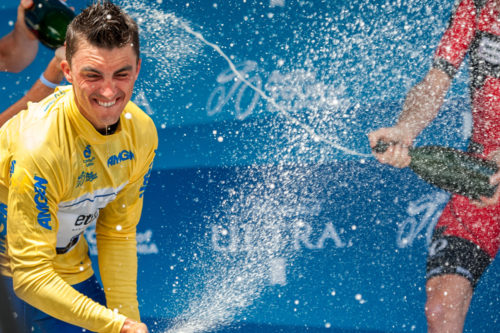By Dave Richards
The 11th edition of the Amgen Tour of California Pro Cycling Road Race (AToC) was held from May 15-22, 2016. The race consisted of 8 stages starting in San Diego working its way up the coast to finish in Sacramento. 18 teams of 8 riders each competed for the men’s prizes. What was significant is that the roster included 10 World Tour Teams. For those of you who don’t follow racing closely, there are currently 18 World Tour Teams and they represent the highest level of road racing. For comparison, in the past I think the most World Tour teams I’ve seen at a USA event was 6.
The women’s race consisted of 4 stages beginning near the men’s finish in South Lake Tahoe. Then it followed the men’s route for the other stages. Unfortunately, due to the start times and long transfers between events, I wasn’t able to cover the women’s race except for the final stage, a criterium around the state Capitol grounds in downtown Sacramento.
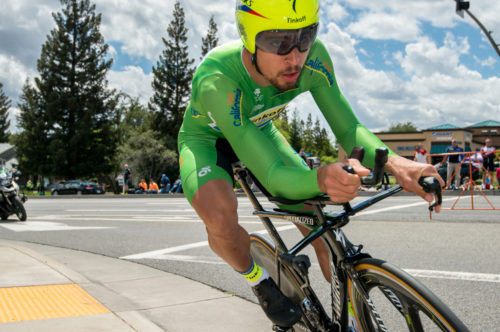
AToC has steadily evolved into what many consider to be the premier stage race held in North America. With Colorado’s USA Pro Cycling Challenge canceled this year due to lack of funding, and our Tour of Utah more of a climbers race, it’s only natural that AToC is drawing the biggest names in European based cycling. Teams such as Tinkoff, Sky, Extixx-Quick Step, BMC, Cannondale, and Trek were there among others. Riders included top sprinters such as Cavendish, Kristoff and Degenkolb not to mention big crowd pleasers Sir Bradley Wiggins and Peter Sagan. All things considered, the level of talent in attendance was unprecedented this year.
For a history on the event, I turned to Sean Weide. Sean has been a press officer at AToC for nine of the eleven years it’s been held. He was with BMC Racing until recently joining the Axeon Hagens Berman team. According to Sean, the significant changes he’s seen are due to the time of year the race is held and the course selection. “Up until 2010, the race was in February. This provided the European teams a chance to compete in nice weather conditions when the race calendar was otherwise a bit sparse. The first two years of the race, 2006 and 2007, there was hardly a drop of rain to contend with. But the 2008 and 2009 editions were particularly soggy, which was a contributing factor in the race organizer’s decision to move the race to May”.
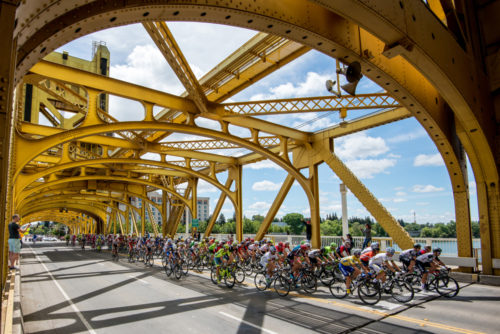
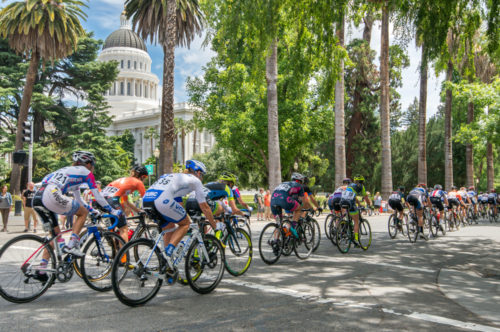
When the race was moved to May, he felt that AToC faced more competition for media coverage from other sports such as baseball and basketball. The race now competed directly with the Giro d’Italia, also held in May.
Course selection has affected media coverage and fan attendance. Sean says “In an attempt to make the race more challenging, the tradition of having finishing circuits in metropolitan areas was largely abandoned. Instead, the race was moved to more remote areas for mountainous stages and summit finishes. This, in turn, led to fewer spectators and diminished media coverage due to the remoteness of the finish venue.”
This year ASO was hired to replace Medalist Sports (who managed AToC in the past) and some glitches were bound to happen. The transfers between stages were long. In fact, the riders gave the race the nickname of “Tour de Transfer”. As the owner of the Tour de France, ASO has lots of experience running big cycling races. I don’t think organizers of Euro races realize the impact of the bigger distances involved when traveling a large state such as California.
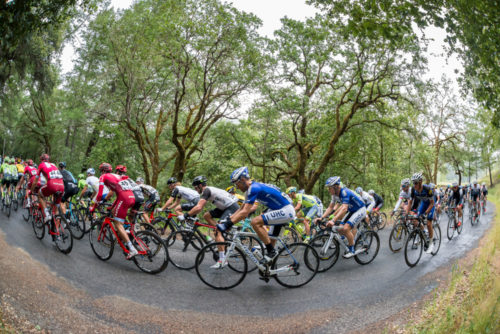
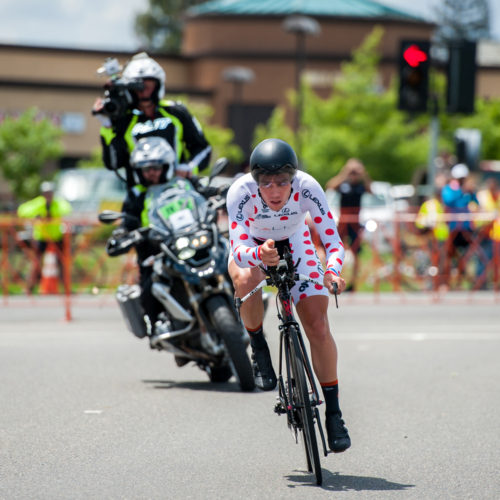
What does the future hold for the Amgen Tour of California? One strong point in its favor is that the race has a stable title sponsor in Amgen. Races and teams continually fold due to lack of money or sponsors, so this is fortunate. ASO’s involvement could bring bigger and better racing. ASO owns the Tour de France as well as other major European races. They are definitely the big dog in road racing. Also, with AToC in May it allows ASO compete directly with RCS the race organizer of the Giro. Thus we’ll probably see ASO push teams and riders to come to AToC instead of the Giro in preparation for the Tour de France in July. This was evident by the number of prominent riders at AToC this year, including the current World Champion, Peter Sagan.
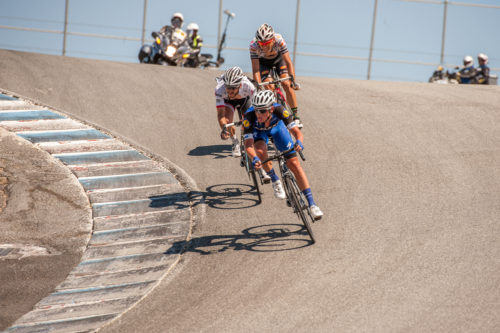
This sentiment was repeated when I spoke with Brad Sohner. Brad and his associate Dave Towle are the longtime race announcers for AToC, Tour of Utah, and pretty much all of the major races here in the U.S. Brad said that AToC has gone from a fun race for the Euro riders to come to with nice hotels, pretty scenery and good racing conditions. It’s now become serious. Brad predicts that with ASO’s involvement we might see AToC become part of an “ASO Race Calendar” with AToC possibly moving up to become a World Tour event.
Time will tell, but all indications are that the Amgen Tour of California will continue to rise in stature, firmly establishing itself as North America’s premier stage race.
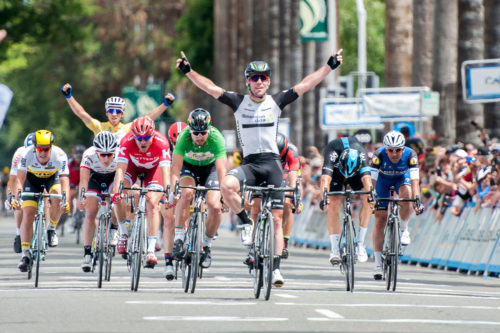
Short Race Recap: SACRAMENTO, CALIF. (May 22, 2016) – After 782 miles and eight days of racing, 23 year-old Julian Alaphilippe (FRA) of Etixx – Quick-Step Pro Cycling Team clinched the 2016 Amgen Tour of California championship, becoming the youngest rider to hold that title in the race’s 11 years. U.S. National Road Race Champion Megan Guarnier (Glens Falls, New York) of Boels-Dolmans Cycling Team also celebrated victory in Sacramento as the four-day Amgen Breakaway from Heart Disease Women’s Race Empowered with SRAM which concluded along with the men’s event.
Dave Richards is a Utah-based photographer. You can find his work at daverphoto.com and in the pages of Cycling Utah.
